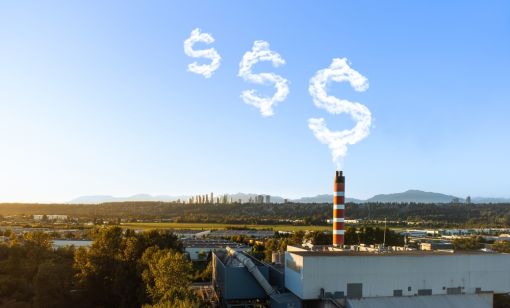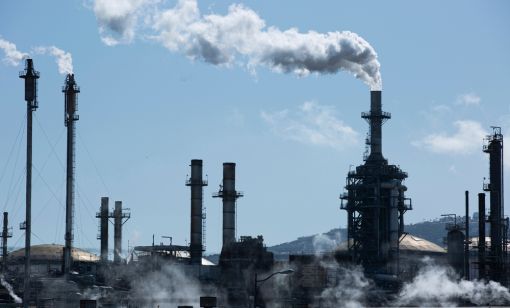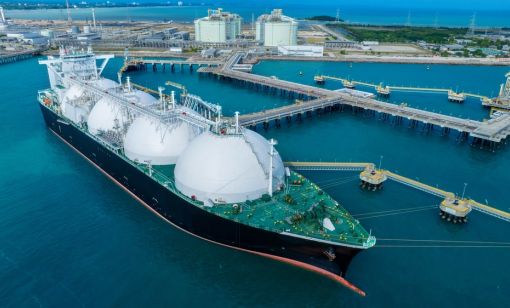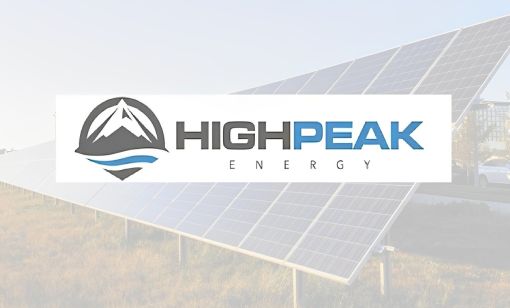US Supreme Court Blocks EPA's 'Good Neighbor' Air Pollution Plan
The U.S. Supreme Court on June 27 blocked an Environmental Protection Agency regulation aimed at reducing ozone emissions that may worsen air pollution in neighboring states, handing a victory to three Republican-led states and the steel and fossil-fuel industries that had challenged the rule.
Report: Global Energy Demand, Emissions Rise
Data showed global energy consumption increased 2% to a record 620 exajoules (EJ), driven by increases in coal and oil use.
EIA Estimates Declined Rates of Flaring, Venting NatGas in 2023
Even as the rates of natural gas venting and flaring fell, according to Energy Information Administration data, another study shows CO2 emissions continued to rise globally.
Hirs: How the Cost of Carbon Avoidance Bolsters Nuclear Power
States and the EU have introduced nascent carbon pricing schemes with taxes, tax benefits and offsets. It isn’t unreasonable to assume that carbon pricing will become increasingly tangible.
Costly Consequences as E&Ps Navigate Methane Mitigation
Oil and gas companies are adjusting to an evolving emissions reduction landscape as state and federal regulators target methane emissions.
BP’s Archaea Energy, Republic Services Startup Indiana RNG Facility
The Fort Wayne, Indiana RNG facility is designed to process 6,400 cf of landfill gas per minute into RNG, the companies say.
US LNG to Asia Has Lower Emissions Profile than Coal, Rystad Says
LNG emissions are up to 50% lower on average than for coal-fired power generation, even when the fuel is shipped over long distances, according to new research from Rystad Energy.
Toxic Gas in Louisiana Air Far Exceeds Safe Levels, EPA Estimates, US Study Finds
EPA estimates were based on imperfect traditional toxic gas ethylene oxide monitoring methods, but a more recent study used a method that could more accurately measure EtO levels on site.
Adding Green: HighPeak, Priority Power Advance WildHorse Solar
Developed and owned by Priority Power, the facility is expected to lower costs and minimize HighPeak’s greenhouse gas emissions.
Basket of Energies: Transition Needs Diversified Carbon Capture Solutions
As the world strives to reach emissions goals, experts from Kent discuss the necessity of a diverse energy portfolio that includes both hydrocarbons and new forms of energy.








